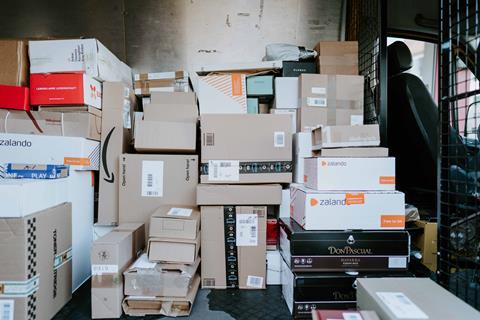
Packaging tends to come into the spotlight at Christmas, as households are left with reems of cardboard boxes and plastic wrappers. Brands will likely be more mindful than ever of making their packaging sustainable.
But to truly work in the long term, eco-friendly packs must be cost-effective rather than cost-additive, and work on a practical level. Here are three key aspects to ensuring sustainable packaging is for life, not just for Christmas.
Evolution, not innovation
Moving towards cost-effective sustainability is usually about steady evolution rather than wholesale innovation.
Look at McDonald’s. Some of us remember the old polystyrene burger boxes as well as the plastic straws, but neither exist anymore. And for some time, staff have picked up litter around the restaurants and trucks have used biodiesel from cooking oil. The brand has evolved and continues to do so.
There are also now milk bottles that have transparent tops rather than coloured caps, to make them easier to recycle. Coca-Cola is another company that has made significant progress by creating a plant bottle made from fully recyclable bio-PET.
The advantage of this approach is that going from zero to 60 in sustainability will cost a great deal, but slow, steady process will often be more cost-effective.
Product and packaging
Next, the product within the packaging is a crucial consideration. After all, while carton-board egg cartons may be a more environmental option, if they aren’t suitable for transporting eggs in a truck, what’s the point?
In the same way, we might not want to see cucumbers wrapped in plastic, but how else can you keep the vegetable fresh when we rarely eat a whole cucumber in one meal? Or will your drink stay fizzy in a reusable plastic bottle?
Consumers expect packaging to reflect the sustainable or organic values of the product. Juggling sustainability expectations with practical quality demands requires an understanding of how pack and product work together in terms of use and consumption.
So the box, pack or label shouldn’t be an afterthought – it needs to be both sustainable and do the basic job of protecting, preserving, promoting and containing the product.
Communicate and educate
Finally, it pays to put thought into how any ‘sustainable’ product and packaging claims are communicated to consumers. It’s great if your bag is compostable, but only if it actually gets composted. If it’s put in recycling bins instead, it’ll do more harm than good.
Brands need to communicate and educate responsibly to their customers in a way that’s based on data, not perception.
This might even involve them actively pointing out when their packaging isn’t recyclable (or at least, not yet). That might sound harmful to the brand, but it’s even more harmful to the planet to put non-recyclable material (that people might just assume is recyclable) into the recycling process.
So as we head into the festive season, with wrapping and special-edition packaging galore, communicating accurately on what’s recyclable – and what isn’t – could have a bigger impact on sustainability than brands may have thought.








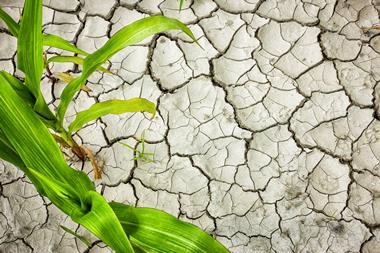
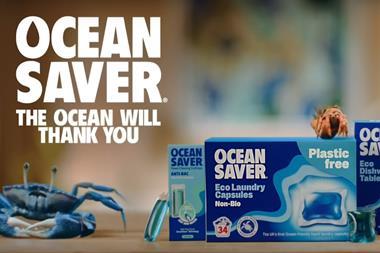



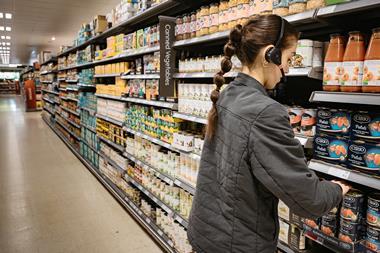
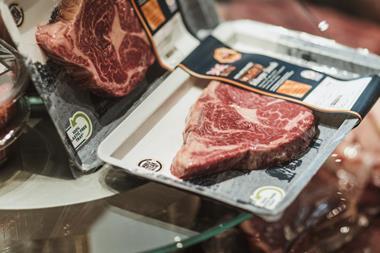




No comments yet